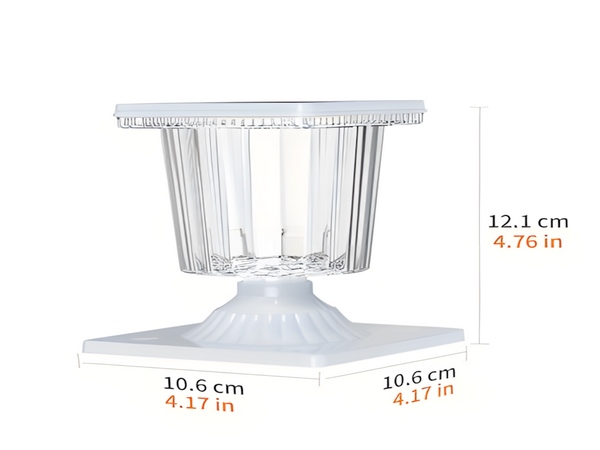

The solar streetlight system can ensure normal operation for over 15 days in rainy weather. The system is composed of several parts: LED light source (including driver), solar panels, batteries (including battery insulation box), solar streetlight controller, lamp post (including foundation), and auxiliary materials such as wiring.

Solar cell components are generally made from monocrystalline or polycrystalline solar cells; LED light heads typically utilize high-power LED sources. The controller is usually placed inside the lamp post and features functions such as light control, time control, overcharge and over-discharge protection, and reverse connection protection. Additionally, some controllers have seasonal adjustment functions for lighting duration, half-power functions, and intelligent charge-discharge capabilities. Batteries are generally placed underground or housed in a dedicated battery insulation box and can utilize valve-regulated lead-acid batteries, colloidal batteries, iron-aluminum batteries, or lithium batteries. Solar lights operate fully automatically, eliminating the need for trenching and wiring, though the lamp post must be installed on embedded elements (concrete bases).



